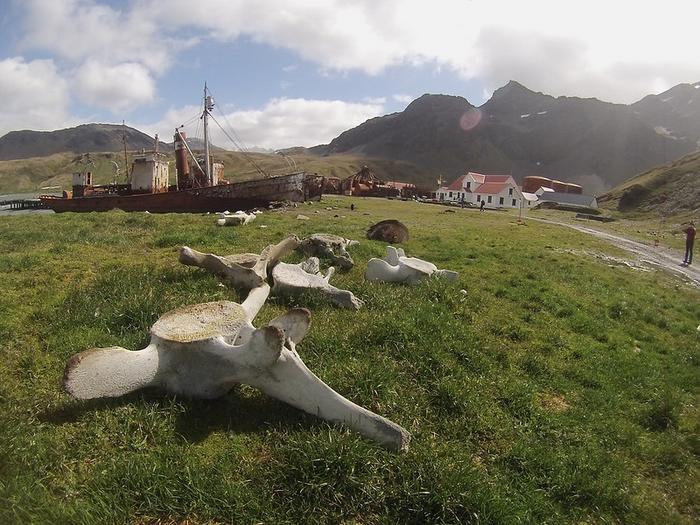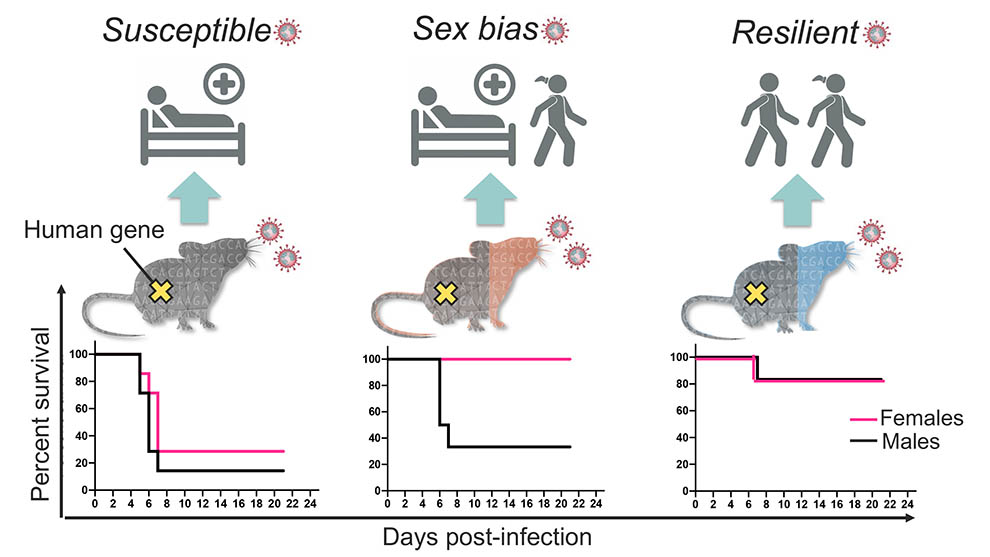A study is the first to evaluate substrate recolonization by sponges in the U.S. Virgin Islands after two catastrophic storms using genetic analyses to understand how much clonality verses sexual recruitment occurs on coral reefs post-storms.
Tag: Genetic Diversity
Bottlenecks and beehives: how an invasive bee colony defied genetic expectations
For more than a decade, invasive Asian honeybees have defied evolutionary expectations and established a thriving population in North Queensland, much to the annoyance of the honey industry and biosecurity officials.
RUDN agronomists showed how to use natural “poison” to improve millet yields
RUDN University agronomists have shown that in low concentrations colchicine improves millet yield and grain quality. Besides, it does not hurt the genetic diversity of subsequent generations.
Cracking the code: Genome sequencing reveals why songbirds are larger in colder climates
Scientists have unlocked the genetic basis underlying the remarkable variation in body size observed in song sparrows, one of North America’s most familiar and beloved songbirds. This discovery also provides insights into this species’ capacity to adapt to the challenges of climate change.

DNA from discarded whale bones suggests loss of genetic diversity due to commercial whaling
Commercial whaling in the 20th century decimated populations of large whales but also appears to have had a lasting impact on the genetic diversity of today’s surviving whales, new research from Oregon State University shows.

Variable patient responses to SARS-CoV-2 infection are mimicked in genetically diverse mice
Researchers at The Jackson Laboratory have created a panel of genetically diverse mice that accurately model the highly variable human response to SARS-CoV-2 infection.
UCLA biobank study reveals disease risk, heath care use among LA’s diverse population
The research underscores the limitations of the health care system’s frequent reliance on broad self-reported race and ethnicity data to assess patients’ risk of developing disease, and the findings also support expanding genetic screening to more groups.
Illinois study reveals genetic secrets of America’s favorite snack
In its simplest form, popcorn is pretty uncomplicated. Most supermarket varieties offer the choice of two kernel colors, yellow or white, and two kernel shapes, pointed or pearl. When popped, the flake typically expands into one of two shapes: mushroom or butterfly. But there’s more to popcorn than meets the eye. New research from the University of Illinois Urbana-Champaign reveals a wealth of untapped diversity lurking in popcorn’s genetic code.

Ancient DNA reveals the multiethnic structure of Mongolia’s first nomadic empire
To better understand the inner workings of the seemingly enigmatic Xiongnu empire, an international team of researchers at the Max Planck Institutes for Evolutionary Anthropology (MPI-EVA) and Geoanthropology (MPI-GEO), Seoul National University, the University of Michigan, and Harvard University conducted an in-depth genetic investigation of two imperial elite Xiongnu cemeteries along the western frontier of the empire: an aristocratic elite cemetery at Takhiltyn Khotgor and a local elite cemetery at Shombuuzyn Belchir.
Ancient African empires’ impact on migration revealed by genetics
Traces of ancient empires that stretched across Africa remain in the DNA of people living on the continent, reveals a new genetics study led by UCL researchers.

Babies or beauty?
A new study published in Science Advances has not only revealed that an ALHS in Colias butterflies has an ancient origin, but also determined the mechanisms contributing to its persistence over millions of generations.
Family tree secrets: Island tree populations older, more diverse than expected
It’s often assumed that island plant and animal populations are just the simple, fragile cousins of those on the mainland.
Human expansion 1,000 years ago linked to Madagascar’s loss of large vertebrates
The island of Madagascar—one of the last large land masses colonized by humans—sits about 250 miles (400 kilometers) off the coast of East Africa.
Same same but different
A method for detecting intraspecies genomic diversity of uncultivated bacterial DNA has been developed. This enhanced MAG method’s ability to detect previously overlooked variations focuses on the DNA sequence and structural traits of the genome. The spectrum of microdiversity in environmental bacterial genomes has been found to be broader than expected.
DNA profiling solves Australian rabbit plague puzzle
Rabbits were first introduced to mainland Australia when five domestic animals were brought to Sydney on the First Fleet in 1788. At least 90 subsequent importations would be made before 1859 but none of these populations became invasive.

Microbial ´dark matter´: Centuries-old lava caves of Hawaiʻi Island contain thousands of unknown bacterial species
The lava caves, lava tubes and geothermal vents on the big island of Hawaiʻi have higher bacterial diversity than scientists expected, reports a new study in Frontiers in Microbiology.
More Genome Copies in Switchgrass Linked to More Climate Flexibility and Adaptation
Roughly half of all flowering plants are polyploid, meaning that they have more than two sets of chromosomes. Scientists believe polyploidy drives adaptation by giving organisms more genetic diversity. This research compared tetraploid (four copies) and octoploid (eight copies) varieties of switchgrass, and found that octoploid switchgrasses are generalists, able to tolerate a broad range of environmental conditions and expand their range into new areas.
Study points to Armenian origins of ancient crop with aviation biofuel potential
Camelina, also known as false flax or Gold-of-Pleasure, is an ancient oilseed crop with emerging applications in the production of sustainable, low-input biofuels. Multidisciplinary research from Washington University in St. Louis is revealing the origins and uses of camelina and may help guide decisions critical to achieving its potential as a biofuel feedstock for a greener aviation industry in the future.
Archaeology: First Pompeiian human genome sequenced
The first successfully sequenced human genome from an individual who died in Pompeii, Italy, after the eruption of Mount Vesuvius in 79 CE is presented this week in a study published in Scientific Reports.
Critically endangered vaquita porpoise not doomed to extinction by inbreeding depression
Unchecked gillnetting has pushed the world’s smallest porpoise to the brink of extinction: there are roughly 10 vaquitas remaining in the Gulf of California in Mexico.
Flipping the “genetic paradox of invasions”
The green crab, Carcinus maenas, is considered a globally distributed invasive species, an organism introduced by humans that eventually becomes overpopulated, with increased potential to negatively alter its new environment. Traditionally, it’s been assumed that successful populations contain high genetic diversity, or a variety of characteristics allowing them to adapt and thrive. On the contrary, the green crab – like many successful invasive populations – has low genetic diversity, while still spreading rapidly in a new part of the world.
Why is it important to increase genetic diversity in crops, especially in soybean?
U.S. soybean breeding programs have slowed as current varieties are too closely related
Informing the next generation of biodiversity goals
According to an international team of researchers, a ‘safety net’ made up of multiple, interlinked and ambitious goals is needed to tackle nature’s alarming decline.
Key Alzheimer’s gene acts differently in non-Europeans
A gene called apolipoprotein E (APOE), long implicated in Alzheimer’s disease, has two variants that act differently among Caribbean Hispanics depending on the ancestral origin, according to a study published in Alzheimer’s and Dementia, the journal of the Alzheimer’s Association.